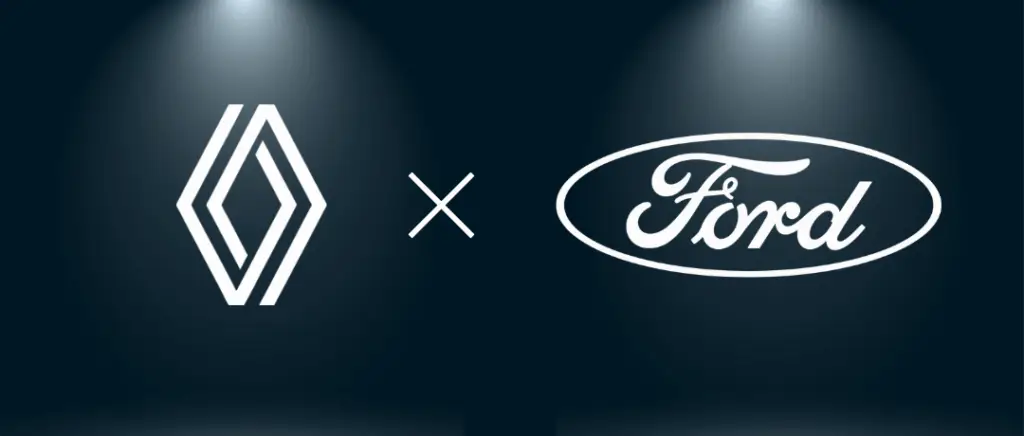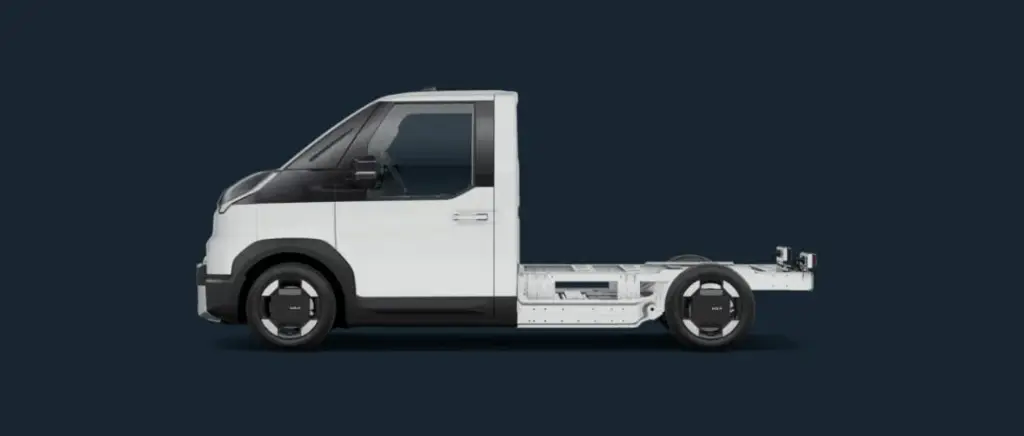Monday to Friday
9am - 12.30pm - 2pm - 7pm
Induction charging technology for electric vehicles
Induction charging: a description of the technology
Contactless recharging technology for electric vehiclesalso known as induction charging, offers a convenient, wireless method of powering the batteries in electric vehicles. This is done from a specially-equipped track where coils are installed that are activated only when the electric vehicle passes. This is known as an "electric road".
This innovative technology eliminates the need to physically plug in a cable to recharge, simplifying the recharging process, but not only that. This futuristic solution could offer the possibility of reducing the capacity of the vehicle's on-board batteries, reducing both weight and price.
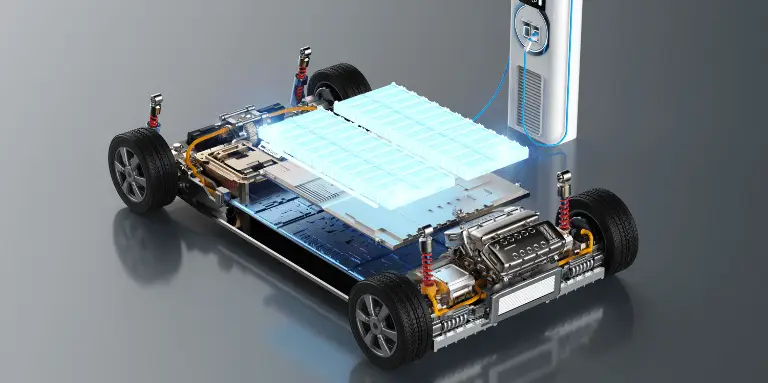
There could be two modes of inductive charging for electric vehicles:
Static charging : Induction recharging takes place when your electric vehicle is parked (in a shopping centre car park, in your garage, at a motorway service area, etc.). To recharge, you would park your car above a base or box placed on the ground. A magnetic field will then transmit the electricity to the vehicle's charger.
Dynamic recharging : This DEVC (Dynamic Electric Vehicle Charging) mode allows you to recharge your electric vehicle while driving, thanks to a device built into the specially designed road surface. You no longer need to make compulsory stops over long distances, as your electric vehicle will be continuously supplied. Studies on this subject have been carried out in several countries, including the UK and Sweden. However, one major drawback is the high cost associated with installing this system in roadways.
The aim of the induction charging project
This project will make it possible to assess the commercial and technical viability of deploying induction charging for electric cars. This project, which has been studied around the world for several years now, could revolutionise the electric vehicle market, but above all it could facilitate the ecological transition for everyone. Indeed, we know that the main obstacles to switching to electric vehicles areautonomy and the price of these cars. What's more, this solution would be particularly well suited to the needs of the logistics and long-distance road haulage sectors.
As a result, this technology could make up for these disadvantages, not to mention the benefits for the planet in terms of reduced air pollution. to reach thetarget of reducing greenhouse gas emissions by 40 % by 2040 in France.
It is important to remember that exposure to particulate pollution from internal combustion vehicles increases the risk of premature death, as well as cancer in children. According to the Agence française de sécurité sanitaire de l'environnement et du travail (Afsset), air pollution, of which approximately ⅓ is attributable to pollutant emissions from vehicles and is responsible for the premature death of between 6,500 and 9,500 people in France every year..
What are the advantages of contactless top-up?
This inductive recharging technology could cause a veritable tidal wave in the market for electric cars, and more widely in the automotive market.
Following announcements by the French government over the last few years, internal combustion cars could potentially see their sales fall at the expense of more environmentally-friendly cars:
- 2030 :
- diesel vehicles will be banned in France. Restrictive measures have already been put in place, including the use of Crit'Air stickers in certain areas. Low Emission Zones (ZFE).
- combustion-powered vehicles will no longer be allowed in the Paris region and certain EPZsThis will be regulated by the Crit'Air sticker system.
- 2035 :
- This year will mark the banning of petrol vehicles and the end of the marketing of internal combustion vehicles in the EU.
If you would like to find out more : The end of combustion-powered cars in 2035 is confirmed
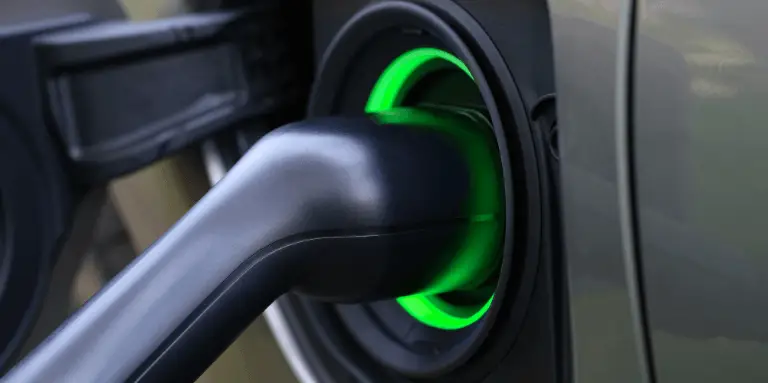

These measures are designed to encourage the adoption of cleaner vehicles and reduce greenhouse gas emissions as part of the transition to more sustainable mobility.
The introduction of wireless recharging on motorways would make it possible to prevent rapid battery discharge on these high-speed tracks, thus resolving one of the major drawbacks of electric vehicles. In theory, this would open up the possibility of cover long distances without the need for frequent recharging.
What's more, if all long-distance journeys were covered by motorways equipped with inductive charging, the design of electric vehicles would evolve. In this context, it would be possible to use smaller-capacity batteries: in short, electric vehicle models would become lighter, making them more economical. energy efficiency and would discharge less quickly.
The lack of physical connections could make the system less vulnerable to wear. Another significant advantage is that wireless charging systems are only marginallyor not at allaffected by weather conditions or dirt.
The current state of democratisation of inductive charging: where do we stand?
The fast-charging project is no longer just a concept! Many organisations and universities are currently working on it. Below, we present four projects that we think are the most promising.
To find out more: The A10 introduces induction charging for electric cars ?
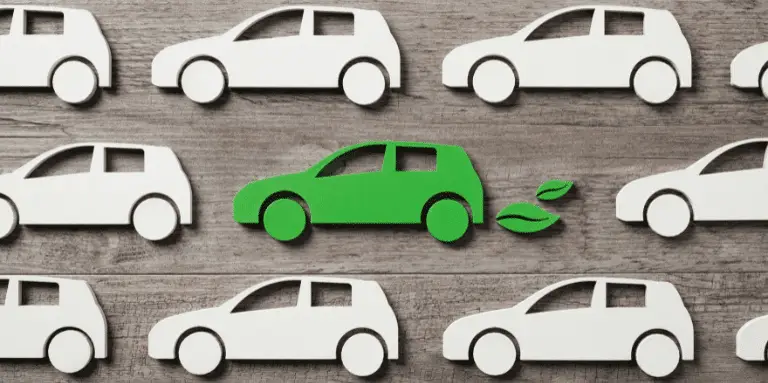
Wireless Charging of Electric Taxis" project
The English government has funded a project (£3.4 million) named Wireless Charging of Electric Taxis (WiCET)The aim is to test this technology on electric and hybrid taxis.
For more details, during a three-month period, nine vehicles are equipped with a wireless charging system and deployed in a pilot project in Nottingham. Each vehicle will benefit from a 10 kW wireless recharging capacity. The aim is to demonstrate the effectiveness of the charging concept based on taxi ranks and to set up a functional billing system.
With the participation of a British electric vehicle manufacturer, London EV Company Limited (LEVC), and Japanese carmaker Nissan, have made available Dynamo EVs on the Nissan side and TX models with range extenders on the LEVC side.
This system enables simultaneous charging of several vehiclesThis is particularly useful for taxis, which can recharge their electric vehicles while waiting for customers. Initial pilot tests confirmed that the wireless recharging system reached an efficiency of around 90 %.
The objectives of this demonstration project are to establish the validity of the technical and economic aspects of wireless charging for Hackney Carriages in medium and large cities. In addition, it consolidates the UK's position as a world leader in highlighting the potential of emerging technologies in the field of clean mobility, aligning its efforts with the objectives of the government's Road to Net Zero strategy.
Here's the YouTube video if you want to know a bit more about this project: Nottingham Wireless Taxi charging - How it works
To find out more: Net Zero: is this the future of Europe?
Project carried out at the University of Chalmers
Researchers at Sweden's Chalmers University, under the supervision of Professor Yujing Liu, have developed a highly efficient induction technology.
Induction recharging offers load capacity of up to 500 kWwhich puts it head and shoulders above the best current cable solutions. It offers exceptional power without the need for cables, thanks to theuse of silicon carbide semiconductors. This solution could recharge the batteries in just a few minutes.
As a reminder, current fast-charging offers power up to 350 kW.
This innovation works at a 80 kHz frequencyConventional induction systems generally use a frequency of 20 kHz.
It is important to note that the higher the frequency, the greater the heat generated during recharging. To offset this effect, the scientists opted to use coils made from son of Litzwhich are made up of individually insulated copper strands.
Unlike conventional induction rechargers, which can have losses of up to 50 %, this new system developed by the University of Chalmers does not need to be recharged. loses only 1 to 2 % of the energy generated. These small, barely perceptible losses represent a significant step forward.
FABRIC" project
This project FABRICThis €9 million programme in collaboration with Qualcomm Halo has been partially funded by the European Union. Its aim is to assess the economic viability and technological feasibility of a dynamic induction charging system for DEVC (Dynamic Electric Vehicle Charging) electric vehicles. The project involved 25 partners from nine different European countries.
This wireless recharging technology will make it possible to continuously supply up to 20 kW of energy to the batteries of an electric vehicle in motion, reaching a maximum speed of 100 km/h. Real-life tests have been carried out at various locations: the system integrated under the roadway comprises a box connected to the electricity network, powering induction plates.
These plates would transmit energy by means of an electromagnetic field to these two plates located at the front and rear of the vehicle. The current would be converted and sent to the batteries.
This system would be operational even in wet weather, in the presence of snow or in the event of contamination by substances such as oils.
| Conditions électriques et d'éclairage | |
|---|---|
|
Current
|
Electromagnetic current transmitted at a standard frequency of 85 kHz
|
|
Length
|
100 m - (section of road equipped at Versailles Satory)
|
|
Height
|
Up to 17.5 cm - (between road and vehicle floor)
|
|
Width
|
Dimensions (L x W) 600 x 350 mm (secondary coils under vehicle)
|
|
Implementation
|
Prototype designed for installation on road sections + no ferrous materials near the system
|
WEB-3 Advanced" project
A research group led by Professor Yushi Kamiya of the Faculty of Science and Engineering, in collaboration with Toshiba Corporation, has designed an electric bus with a high-frequency wireless recharging technology, combined with a battery lithium-ion. On 1ᵉʳ February 2016, in partnership with the city of Kawasaki and various air transport companies across the country, trials were initiated to evaluate the new plug-in bus named. WEB-3 Advanced (Waseda Electric Bus-3 Advanced).
These tests began in the vicinity of Haneda airport in Japan and the King SkyFront innovation centre of the International Strategic Special Service.
This electric bus is designed to meet the needs of short, high-frequency journeys, while addressing the challenges associated with the adoption of electric vehicles. It aims to minimise the cost, size and weight of the vehicles, including their batteries.
The WEB is equipped with a electromagnetic resonance wireless charger developed by Toshiba Corporation, enabling operators to recharge the bus quickly, safely and efficiently.
WEB-related research and development efforts have led to a reduction in the initial costs and weight of electric vehicles, while preserving adequate space inside the vehicle. What's more, this research collaboration has enabled drivers to recharge their vehicles at the touch of a button.
| Spécifications avancées WEB-3 | |
|---|---|
|
Name
|
Waseda Electric Bus-3 Advanced (WEB-3 Advanced)
|
|
Tare weight
|
5990 kg
|
|
Dimensions
|
L6.99 × W2.08 × H3.10 m
|
|
Capacity
|
31 passengers
|
|
Engine
|
UQM "PowerPhase145": Maximum power 145 kW
|
|
Battery
|
Lithium-ion (TOSHIBA "SCiB TM": 3 parallel series 12 / 40 kWh / 331 V)
|
|
Wireless charger
|
TOSHIBA cordless charger: 44 kW at 105 mm spacing
|
|
Cruising range
|
50 km maximum (on public roads with the air conditioning off)
|
|
Power consumption
|
Approx. 1.5 km/kWh (on public roads with air conditioning off)
|
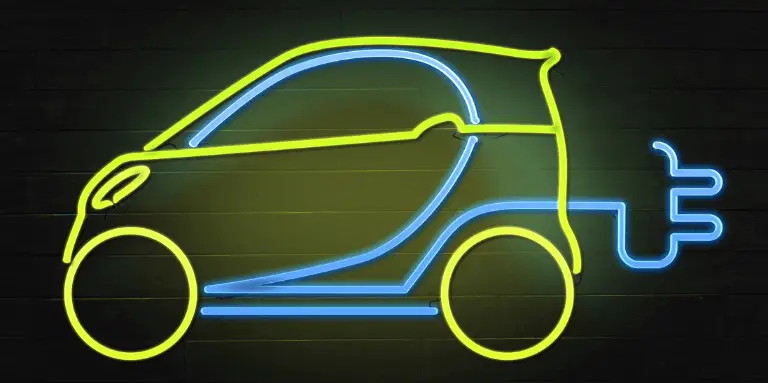

What are the challenges of induction charging?
This innovative recharging solution for electric vehicles could revolutionise the market, bringing real added value to users and encouraging green mobility. However, the subject of inductive charging is littered with limitations and challenges, which we will list below.
Limited recharging range
Induction charging often requires the vehicle to be very close to the charging source, limiting the flexibility of the charging location. This limitation can make charging more restrictive, particularly in public spaces where there are charging stations offer a wider reach.
Substantial costs prove a deterrent
The installation of wireless charging systems can be costly due to the need to install specific infrastructure, such as charging plates embedded in the pavement. These additional costs may discourage some stakeholders, including public parking managers, from deploying these technologies.
Electromagnetic interference
Induction charging systems can be sensitive to electromagnetic interference, which can affect efficiency and reliability. Environments where multiple vehicles are charging simultaneously can be prone to this kind of problem.
Energy efficiency
Although induction charging technology has made progress in reducing energy losses, it can still have higher energy losses than traditional charging methods. Despite this, in the Chalmers University project, this loss would be between 1 and 2 % according to Professor Yujing Liu. This limitation in terms of significant energy losses could be resolved, given recent advances aimed at improving the energy efficiency of these systems.
International deployment in jeopardy
Although induction charging technology is under development, large-scale deployment can be a limitation due to the investment required to set up an extensive infrastructure. Its use is more common in specific environments, such as public transport or experiments.
The energy efficiency of wireless charging systems may be slightly lower than that of traditional cable charging, as a fraction of the energy is dissipated in the form of heat during wireless transmission.
Lower battery costs
The rapid reduction in the cost of batteries could delay or even call into question the future of this technology, which was seen as an argument in its favour. Although the reduction in battery costs may be justified from an environmental point of view, it raises questions about its economic viability. In less than 10 years, the price per kilowatt-hour (kWh) of batteries has already fallen significantly.and a further reduction of 65 % is forecast by 2030.
In addition, our article Battery life of electric cars: where do we stand? might be of interest to you if you want to learn more about the world of electric batteries.
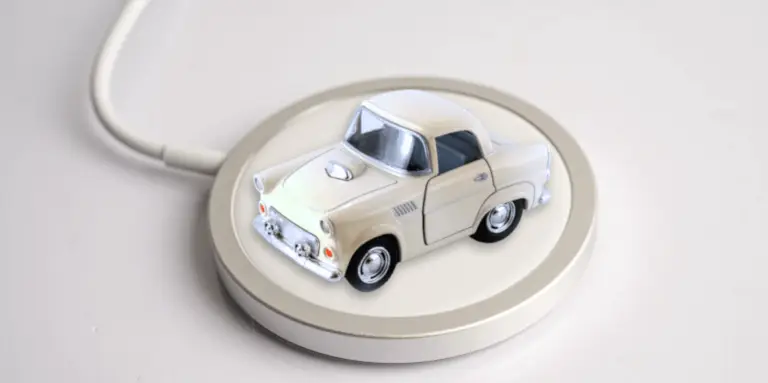
Rapid recharging by induction: what conclusions can we draw?
The contactless fast recharging project for electric cars is the subject of lively debate. Indeed, throughout this article, we have listed the many advantages offered by this innovative solution that can accelerate the ecological transition.
Unfortunately, although there have been a multitude of projects in favour of induction charging, they have all been put on hold, and this is no coincidence. Although the many advantages of induction charging could remove the last remaining obstacles to the purchase of electric 100% models, the democratisation of this project requires substantial funding and a common international agreement to be able to put this wireless charging system on the road.
While we wait for this revolutionary recharging idea to be put in place, Beev helps you find the best recharging solution for your vehicle. Our experts can provide you with personalised support and install your vehicle in complete safety. charging point by our IRVE-certified installers.
This charging solution is therefore one to keep a close eye on. Given the exponential speed of technological advances, the current limitations of wireless charging could be overcome, and a project could officially see the light of day!
Stay tuned!
If you would like to find out more aboutsupport for the installation of charging points for businesses in 2024For more information, see our article on this subject.






























